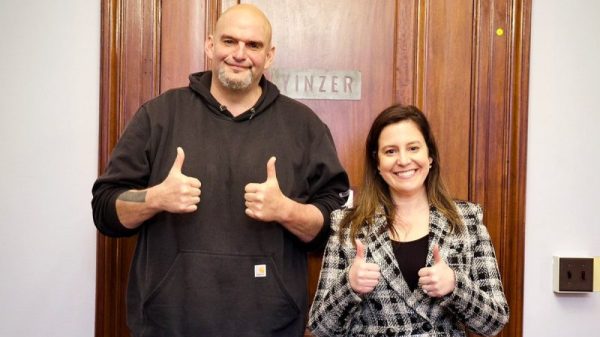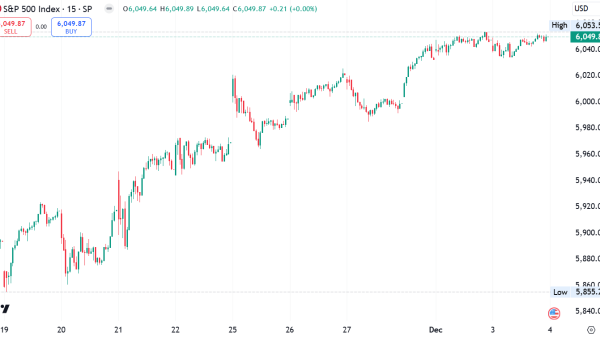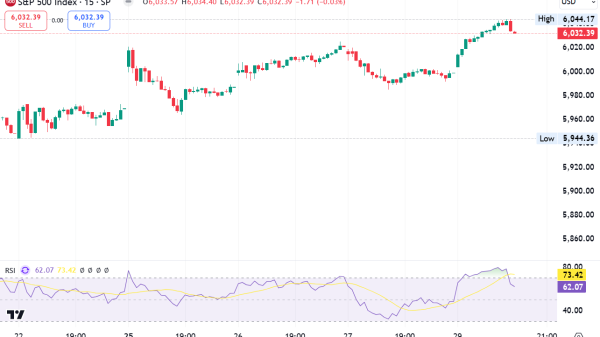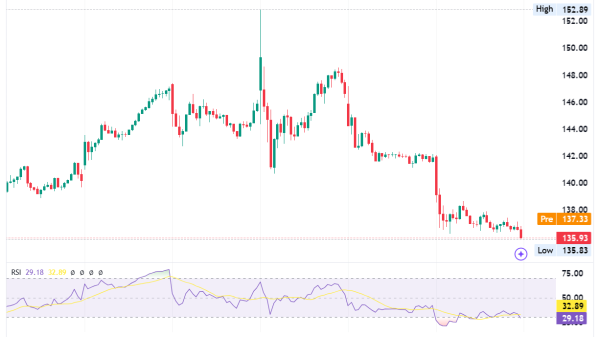The idea behind Issue 1, the initiative rejected by Ohio voters on Tuesday night, was to make it harder to amend the state constitution by requiring a higher percentage of the vote to do so. The intent of the measure was obvious: Advocates for abortion rights had successfully put an amendment expanding access to the procedure on the ballot in November. So opponents intervened, offering up Issue 1 to force the November amendment to clear a higher bar.
There are a lot of lessons to take away from the overwhelming rejection of Issue 1, certainly. But one is that, if those results and the results of other states are any indication, the November amendment in support of abortion would probably have cleared that higher bar anyway.
The Supreme Court’s reversal of Roe v. Wade last year triggered a number of state-level fights centered on abortion access. Usually, those decisions are being made by state legislatures, with some states restricting access and others securing it. When the question has been put to the electorate, though, the pattern has been consistent in one direction: Voters keep demonstrating their support for access to abortion.
In fact, abortion measures continue to break through partisan walls, landing consistently to the left of the presidential vote nearly everywhere in every state that’s held a vote. A review of six statewide votes since last year, including Ohio’s, shows that in 500 of 510 counties, access to abortion outperformed President Biden’s 2020 results. Across those counties, including a lot of deep-red ones, the margin of support for abortion access topped Biden’s 2020 margin by an average of 26 points, a significant shift to the left.
Looking at county-level results, the gap between support for abortion access (support for minus opposition to the ballot measure, initiative or amendment) and support for Biden (Biden’s county-level support minus Donald Trump’s in 2020) was wider in red states. This makes some sense, given that blue states had more support for Biden in the first place, making it harder to see significantly wider support for abortion access. Regardless, the average gap across counties in California was 11 points and in Michigan, 17. In Ohio, it was 22 points and in Kansas, 37.
Similarly, large urban counties showed narrower gaps than rural ones, again because the former had more support for Biden in 2020. In those counties, support for access to abortion outperformed Biden by 9 points. In rural counties, it was 28 points.
Comparing the two metrics directly, you can see that counties that voted for Trump in 2020 generally had bigger gaps between their presidential results and the results on the ballot initiative. On the graph below, any county (indicated with a circle) that lands above the diagonal line saw a shift to the left relative to 2020 when voting on the ballot measures. As mentioned above, nearly every county lands above the line.
There are important differences between the measures on the ballot in each state, of course, and different levels of threat to abortion access in each state. But the pattern is nonetheless consistent — and it consistently breaks the familiar Democrat-Republican divide in politics.
“Issue One and this suppressive election effort was not only shameful but sinister,” Rep. Shontel Brown (D-Ohio) wrote on social media after the vote in her state failed, “and voters showed up in a bipartisan way and rightly rejected it.”
In Ohio, about one-fifth of counties that voted for Trump in 2020 opposed Issue 1. The same pattern held in the six states included above. Of the 510 counties included in the analysis, only two counties that voted for Biden in 2020 also opposed access to abortion. Among Trump-voting counties, 81 supported that access.
To use the parlance of political observers, abortion, particularly when presented to voters directly, is an effective wedge issue for the left.


































